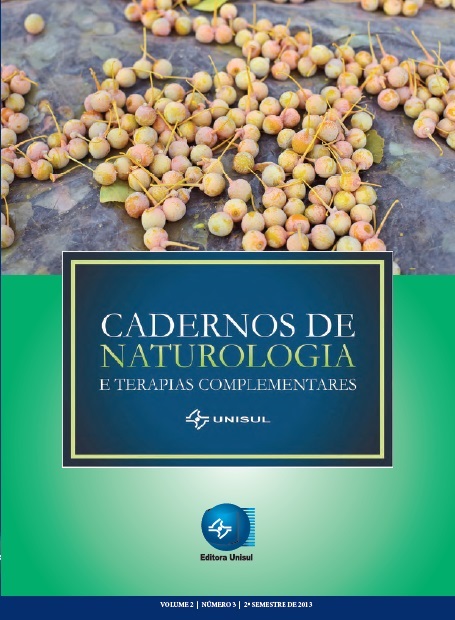Stiper application on feet reflexology points in cases of lombar pain
DOI:
https://doi.org/10.19177/cntc.v2e3201314-21Keywords:
Reflexology, Back pain, StiperAbstract
This study aims to determine the effects of Stiper application on reflexology points in cases of low back pain. The Stiper is a wafer of silicon oxide which works stimulating points, zones, or body areas from reordering the local frequency energy. This research is justified by enabling the use of this therapeutic method as an extension of Naturólogo’s work out of office, promoting a longer stimulation effect therapy. 43 (forty three) people joined effectively this study. All of them complained about low back pain and received the Stiper application on their feet. There were 6 (six) meetings, one per week, for 6 (six) weeks. For data analysis were used: Wong Baker Faces Pain Scale (to quantify pain intensity) in every session and the Oswestry Questionnaire (to identify the disability caused by back pain) applied on the first and last days of the study. The results were satisfactory both in reducing the level of pain and disability. The conclusion is that the combination of reflexotherapy and Stiper application through the chosen questionnaires in this research, shows statistically and clinically significant analgesia in the lumbar region.Downloads
Published
2013-12-06
Issue
Section
Original Articles


